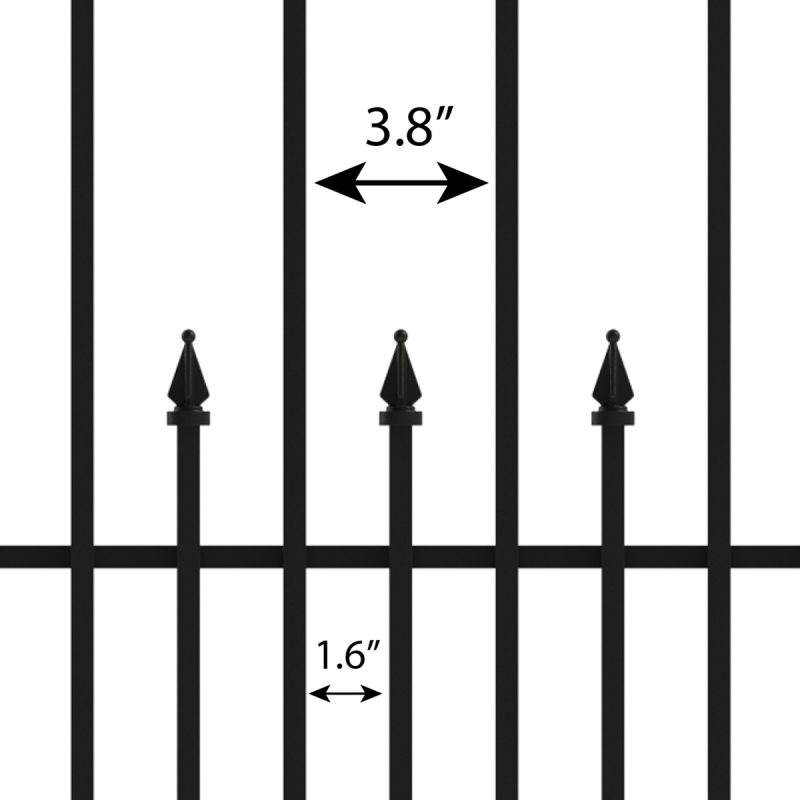roofing nails for asphalt shingles
11月 . 12, 2024 14:46
Understanding Roofing Nails for Asphalt Shingles
When it comes to roofing materials, asphalt shingles are among the most popular choices for homeowners and builders alike. They offer a balance of durability, affordability, and aesthetics, making them suitable for a wide range of architectural styles. However, the effectiveness and longevity of a roof made with asphalt shingles depend significantly on the quality of the installation, which includes the importance of using the right type of roofing nails.
The Importance of Roofing Nails
Roofing nails are specialized fasteners designed to secure shingles to the underlying roof structure. Unlike regular nails, roofing nails have specific characteristics that make them suitable for this purpose. They typically feature a wide, flat head that prevents the shingle from tearing and penetrating through, along with a long shank that ensures a firm grip into the wood decking beneath.
Choosing the right roofing nails for asphalt shingles is crucial not only for ensuring that the shingles stay in place but also for maintaining the longevity of the roof. Any weakness in the fasteners can lead to leaks, shingle blow-off, and other roofing failures, especially in harsh weather conditions.
Types of Roofing Nails
Several types of roofing nails can be used with asphalt shingles, each with unique attributes
1. Material Roofing nails can be made from various materials, including steel, aluminum, and stainless steel. Steel nails are common and are usually galvanized (coated with zinc) to resist rust. Stainless steel nails offer enhanced corrosion resistance and are ideal for coastal areas where salt corrosion is a concern. Aluminum nails are lightweight and resistant to rust but may not hold as well in certain conditions.
2. Length The length of the roofing nails is also important. For asphalt shingles, nails should generally be 1.25 to 2 inches in length, depending on the thickness of the shingles and the condition of the roof decking. Longer nails provide better anchoring but must be chosen carefully to avoid penetrating too deeply into the underlayment or roof structure.
roofing nails for asphalt shingles

3. Diameter The diameter of the nail affects its holding power. Most roofing nails used with asphalt shingles have a diameter of around 0.120 inches, providing the necessary strength while avoiding damage to the shingles.
Installation Guidelines
Proper installation is key to the performance of roofing nails. Here are a few essential guidelines to follow
- Placement Nails should be placed at the manufacturer's recommended locations, typically two to four nails per shingle, depending on the type and pitch of the roof. Ensuring that nails are placed correctly helps prevent water from seeping in under the shingles.
- Nail Head Position The nail heads must be flush to the surface of the shingles, as overly tight or loose nails can cause problems. Overly tight nails can damage the shingle, while loose nails can allow water infiltration.
- Avoiding Over-Nailing It’s crucial to avoid over-nailing, as this can create holes that the shingles cannot adequately seal against, compromising the roof’s waterproofing abilities.
Conclusion
In conclusion, the choice of roofing nails for asphalt shingles is a critical aspect of a quality roofing installation. Understanding the different types available and adhering to proper installation practices will enhance the durability and performance of the roof. Whether you are a DIY enthusiast or hiring a roofing professional, paying attention to the details of your roofing nails will ensure a long-lasting and effective asphalt shingle roof. Equipped with this knowledge, you can confidently embark on your roofing project, knowing that the right materials and methods will lead to a successful outcome.




















